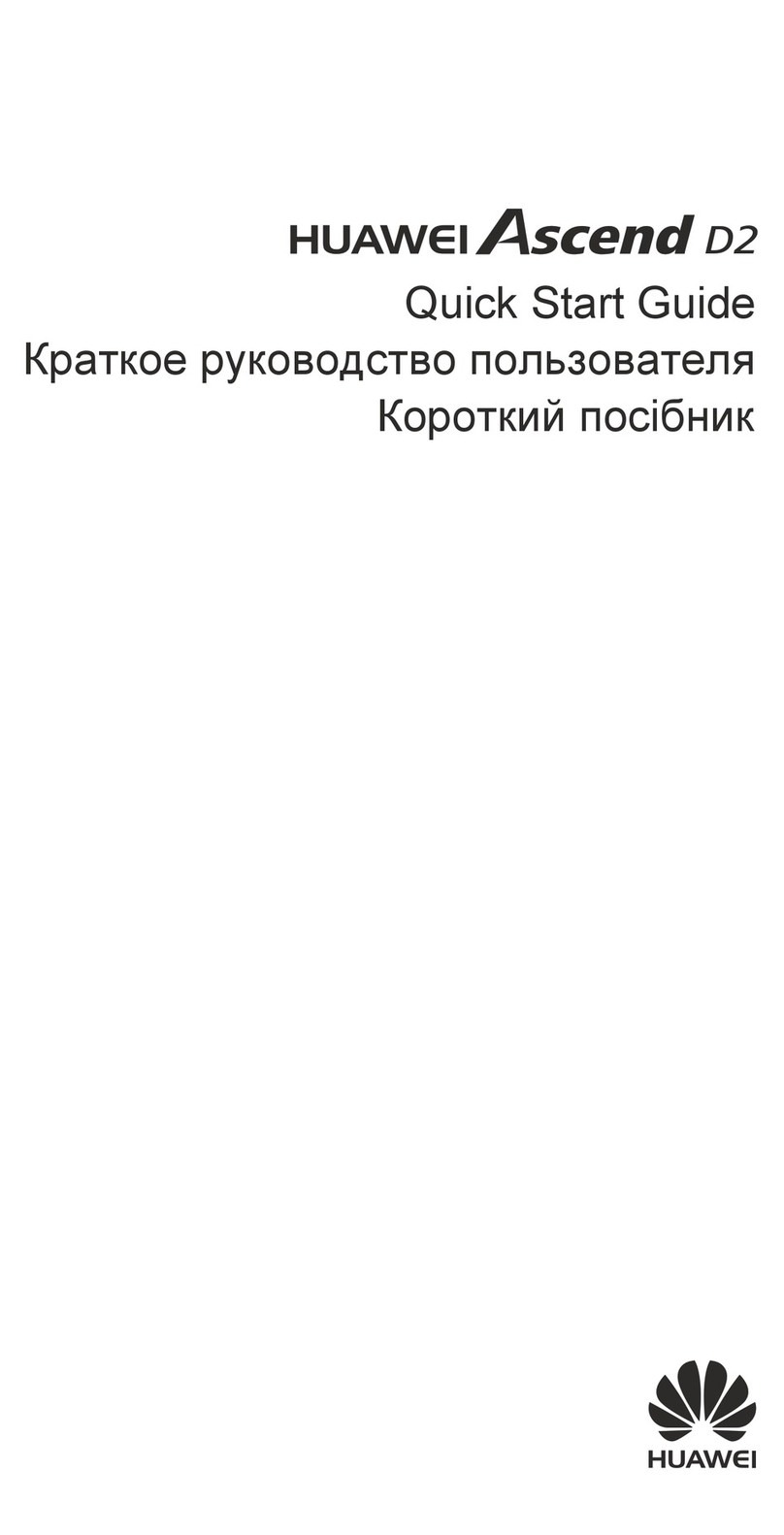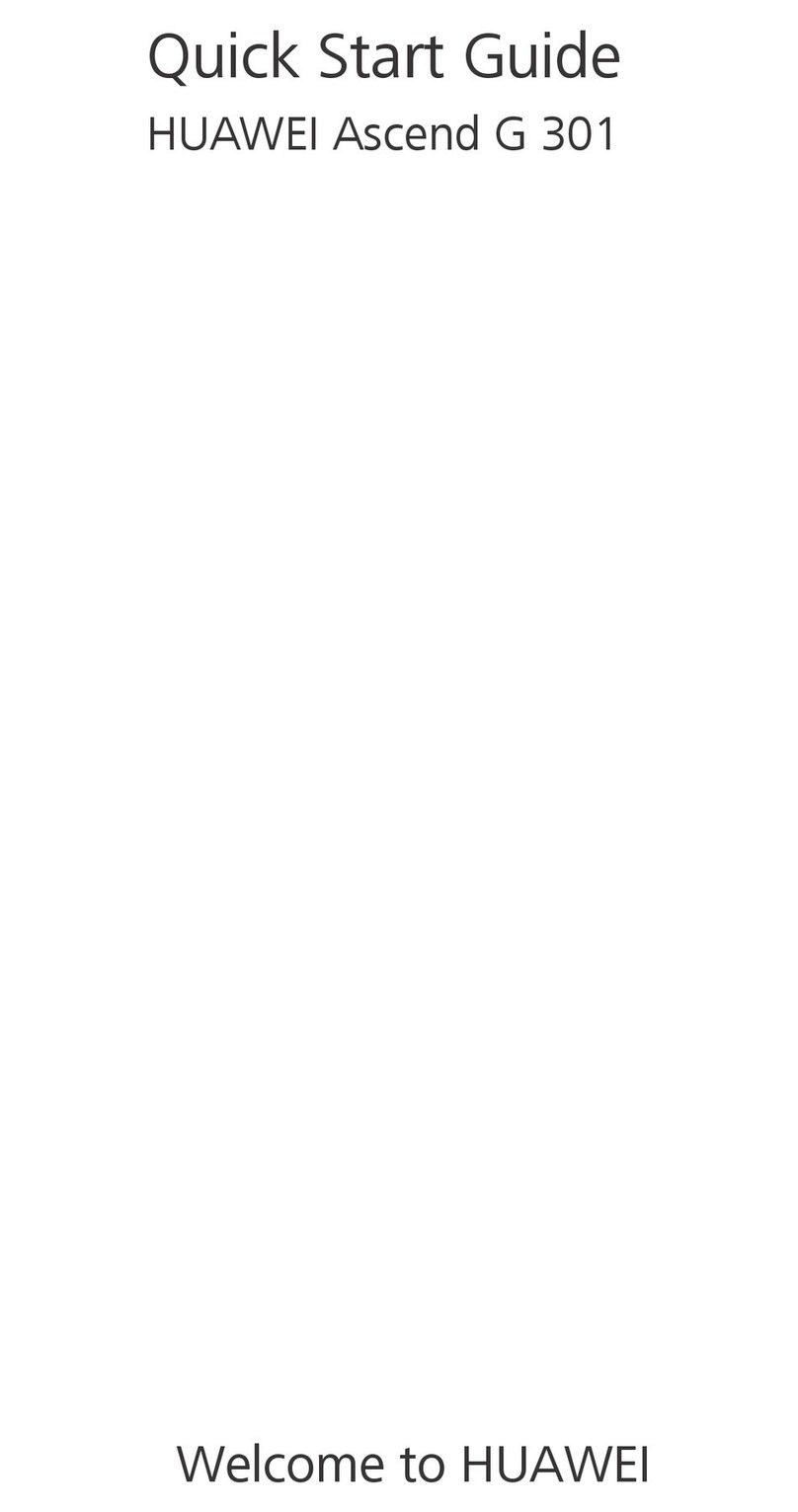Huawei Ascend G700 User manual
Other Huawei Cell Phone manuals

Huawei
Huawei nova 9 SE User manual
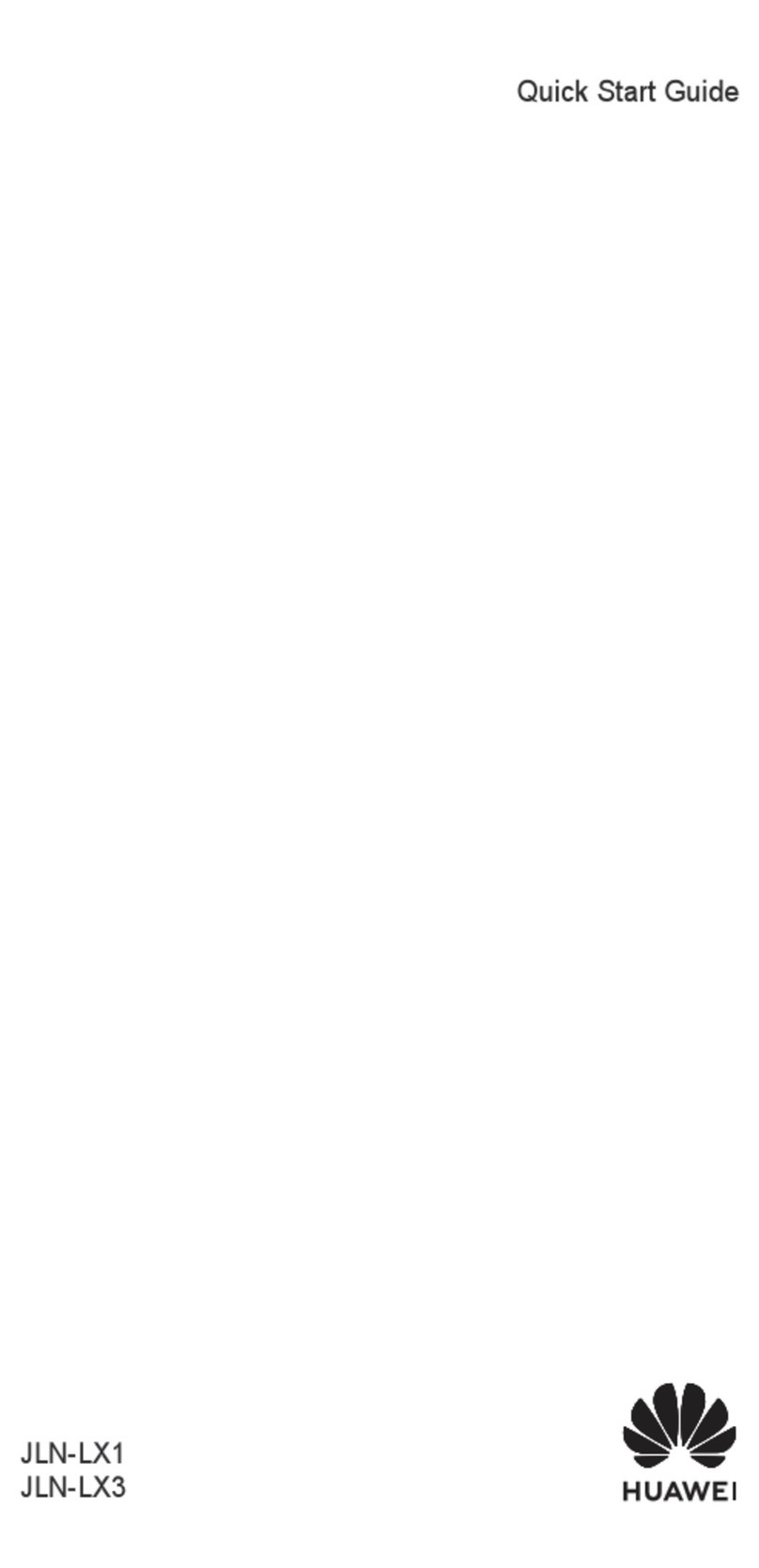
Huawei
Huawei JLN-LX1 User manual
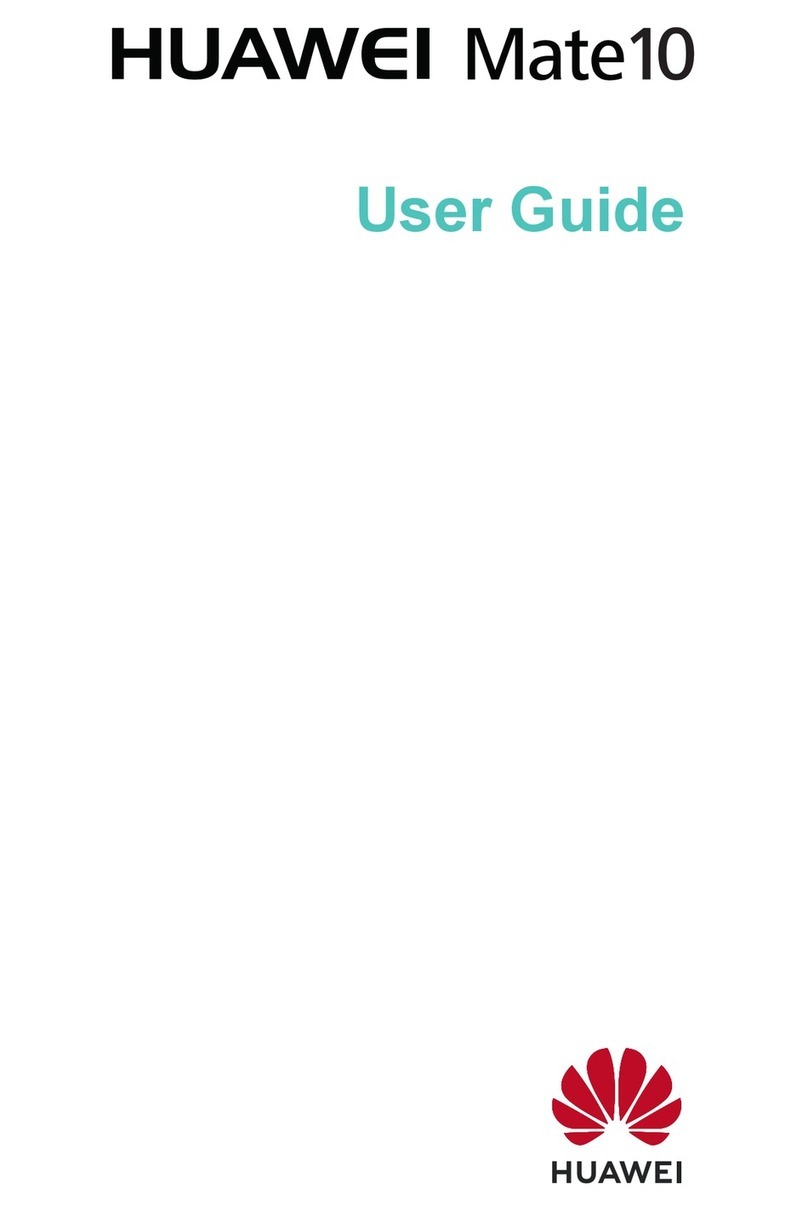
Huawei
Huawei Mate 10 User manual

Huawei
Huawei Mobile Phones User manual
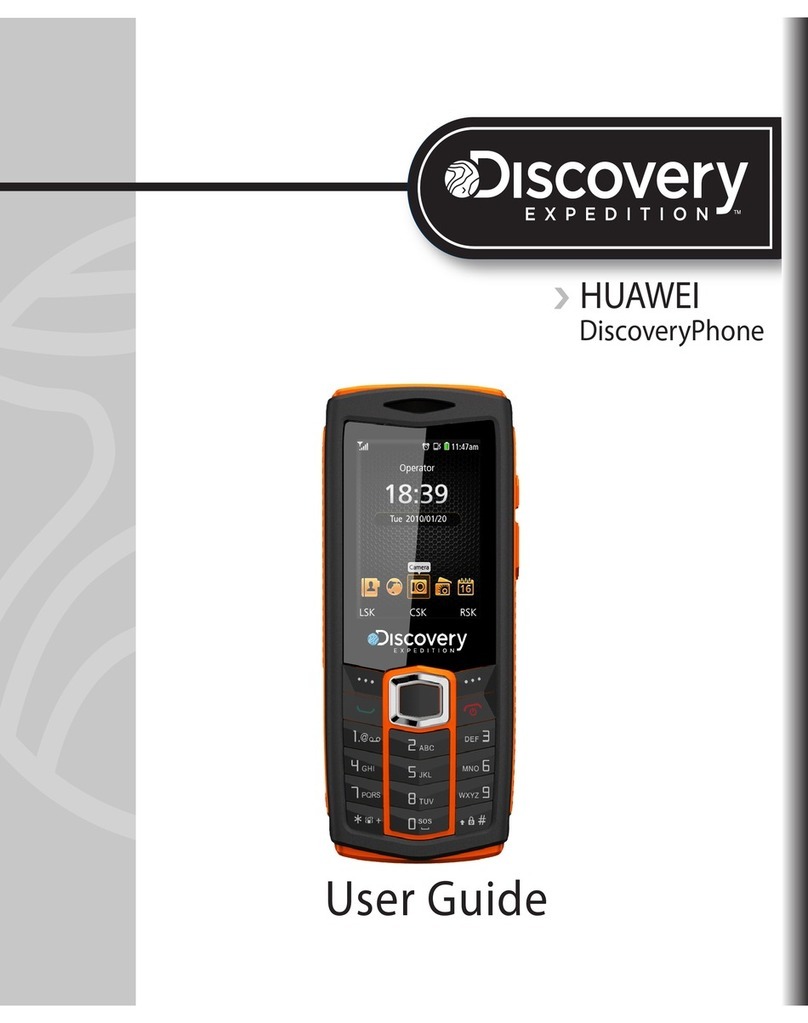
Huawei
Huawei DiscoveryPhone User manual

Huawei
Huawei CM980 User manual

Huawei
Huawei P10 LITE User manual
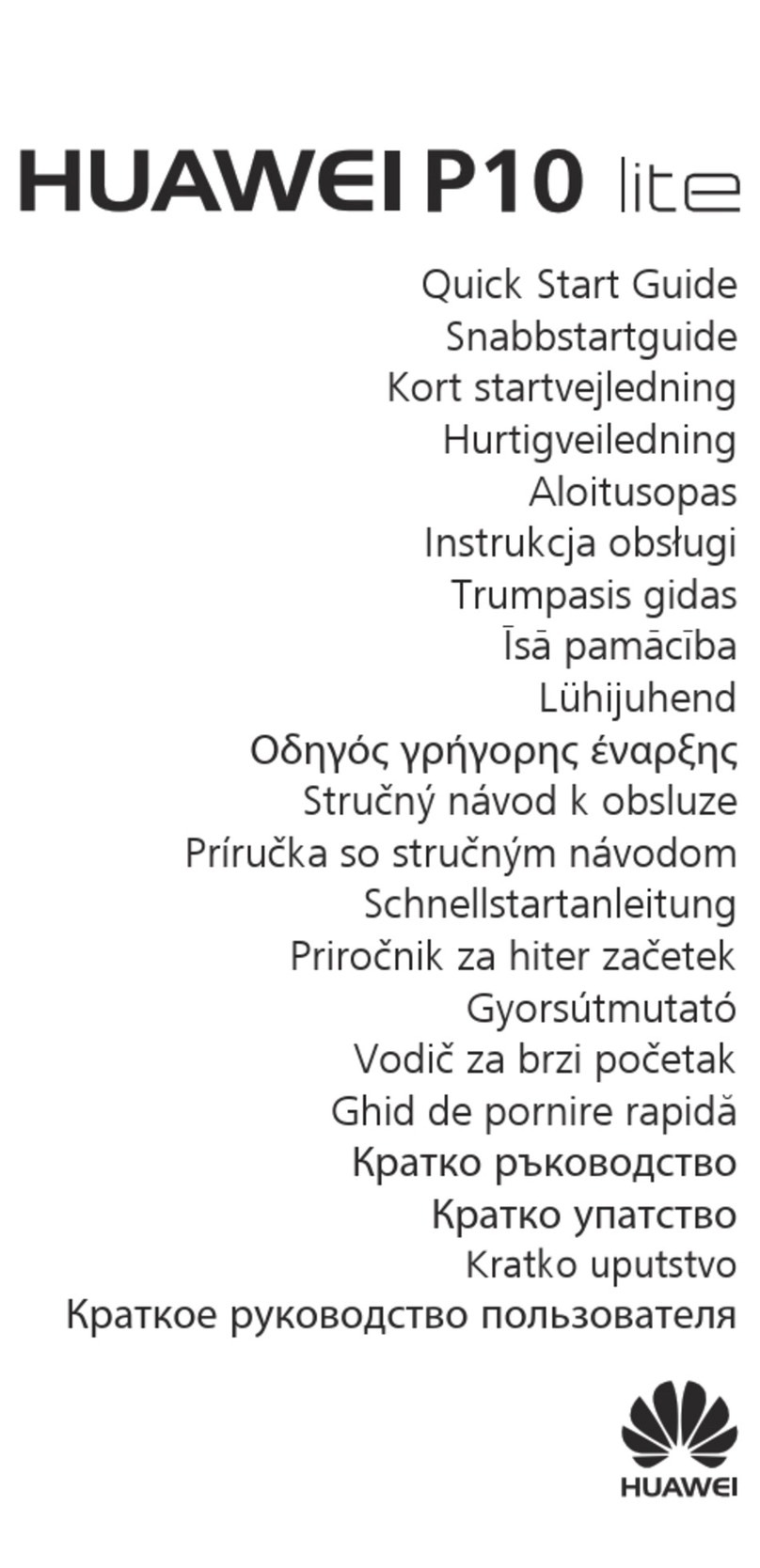
Huawei
Huawei P10 LITE User manual

Huawei
Huawei Mobile Phones User manual
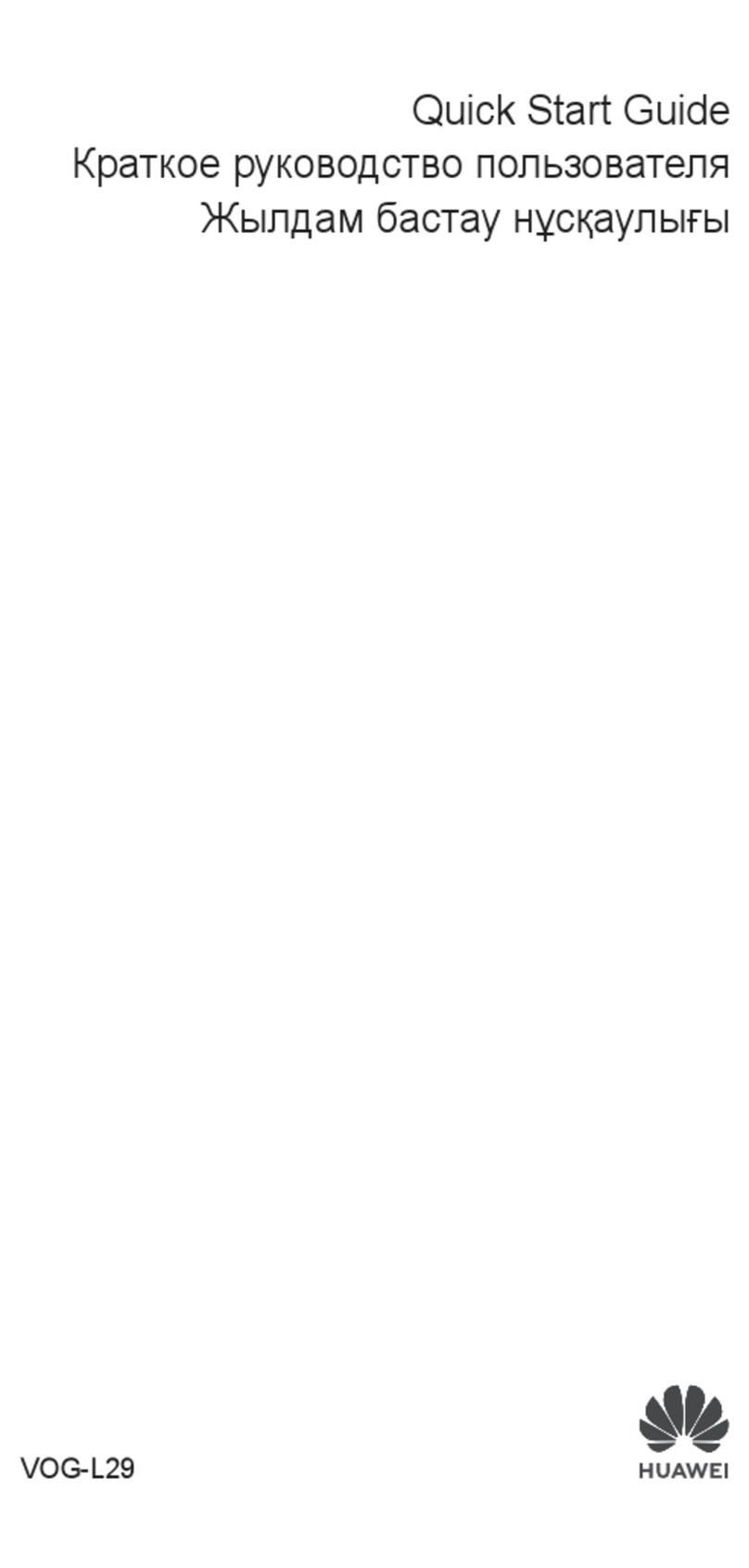
Huawei
Huawei VOG-L29 User manual

Huawei
Huawei Mate 20 lite User manual
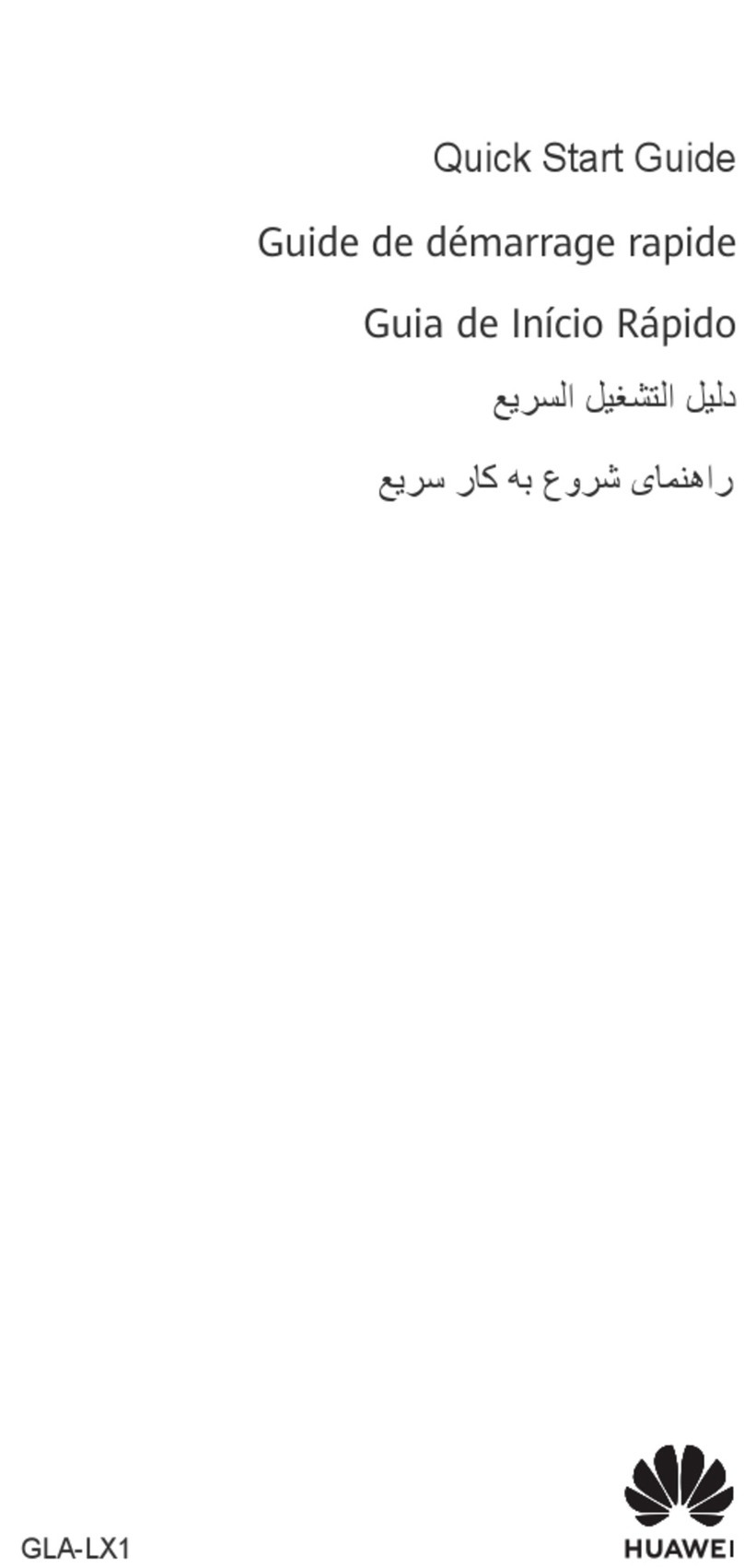
Huawei
Huawei GLA-LX1 User manual
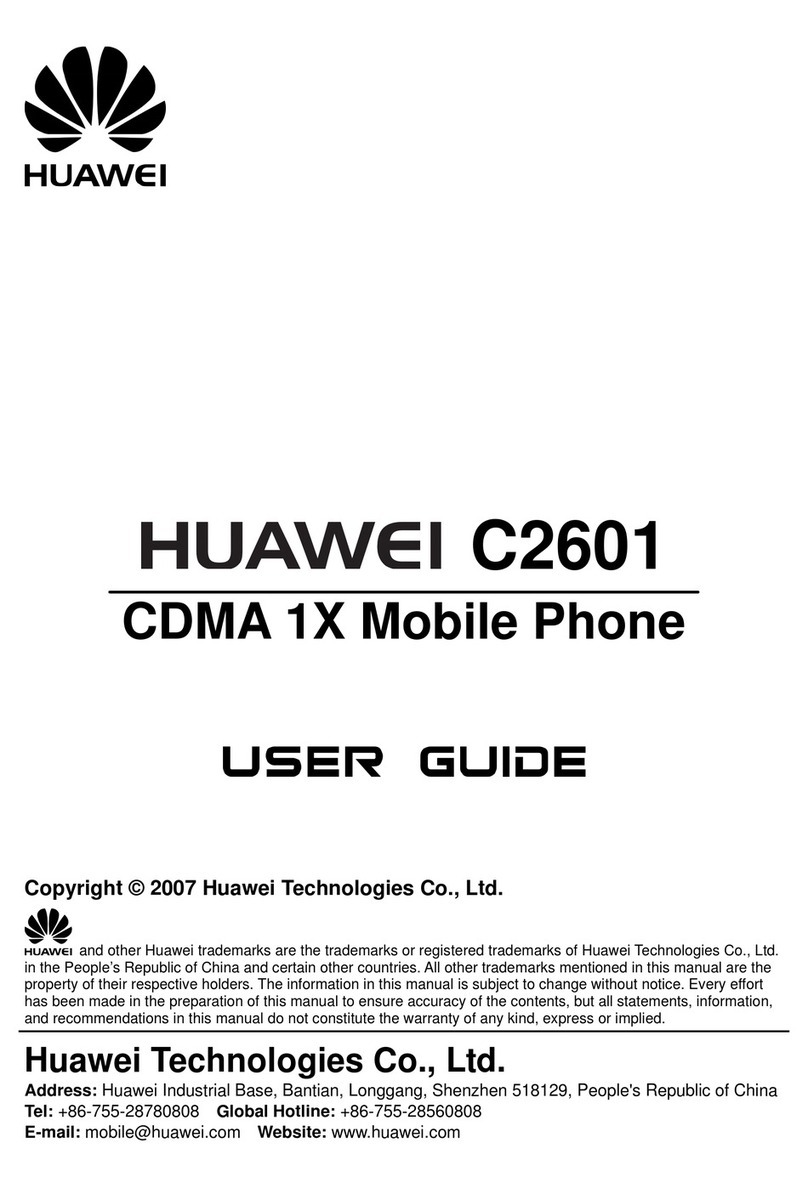
Huawei
Huawei C2601 User manual
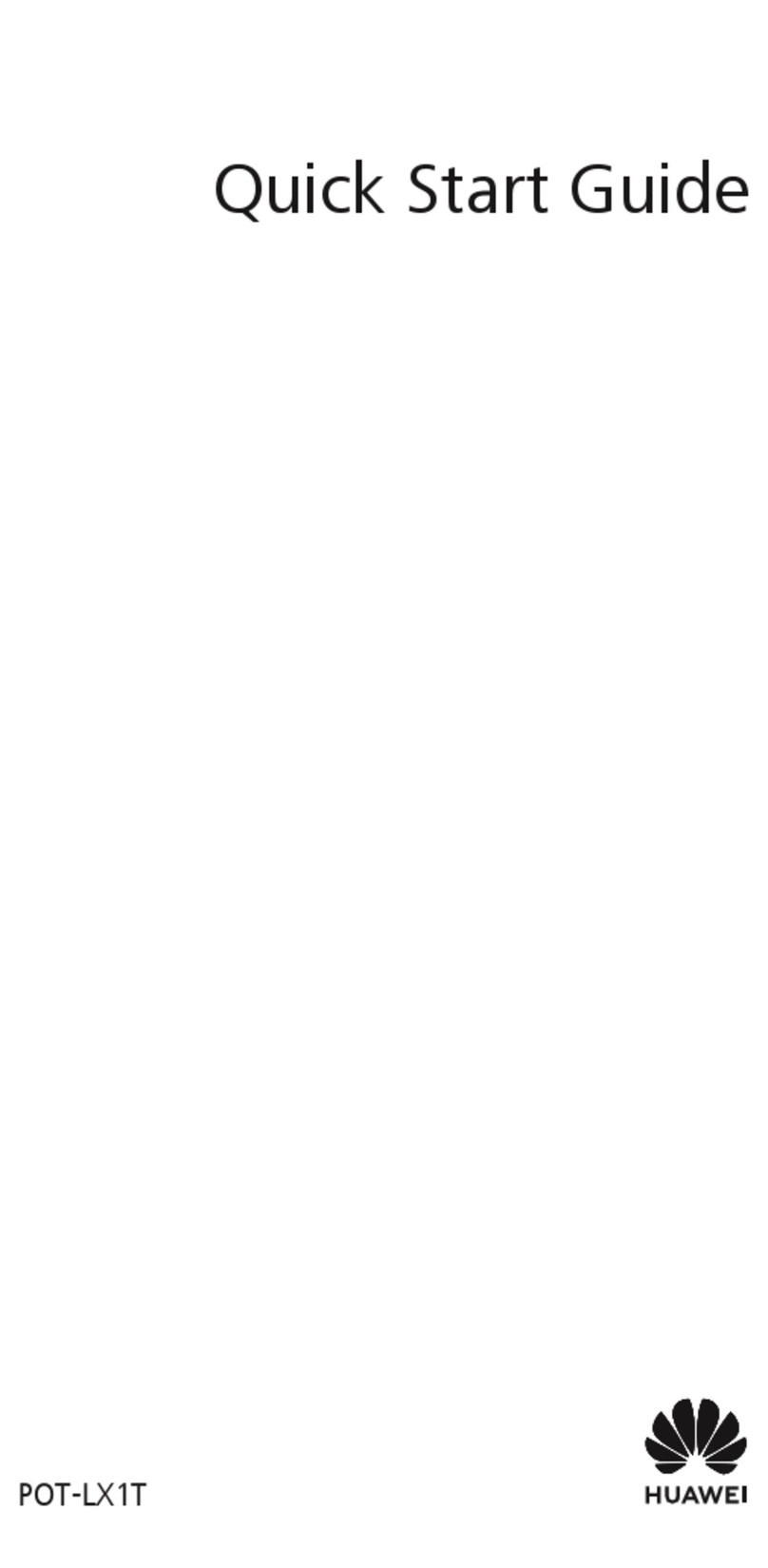
Huawei
Huawei POT-LX1T User manual

Huawei
Huawei U8600 User manual

Huawei
Huawei U3900 User manual
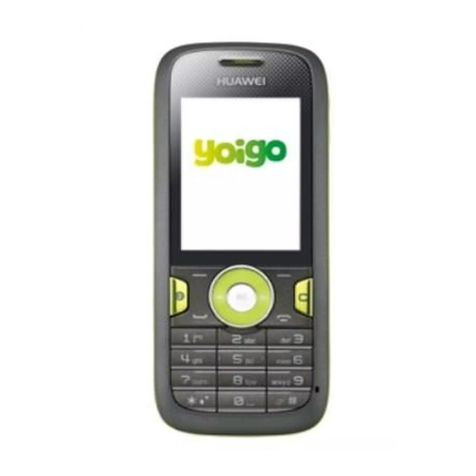
Huawei
Huawei U1250 User manual
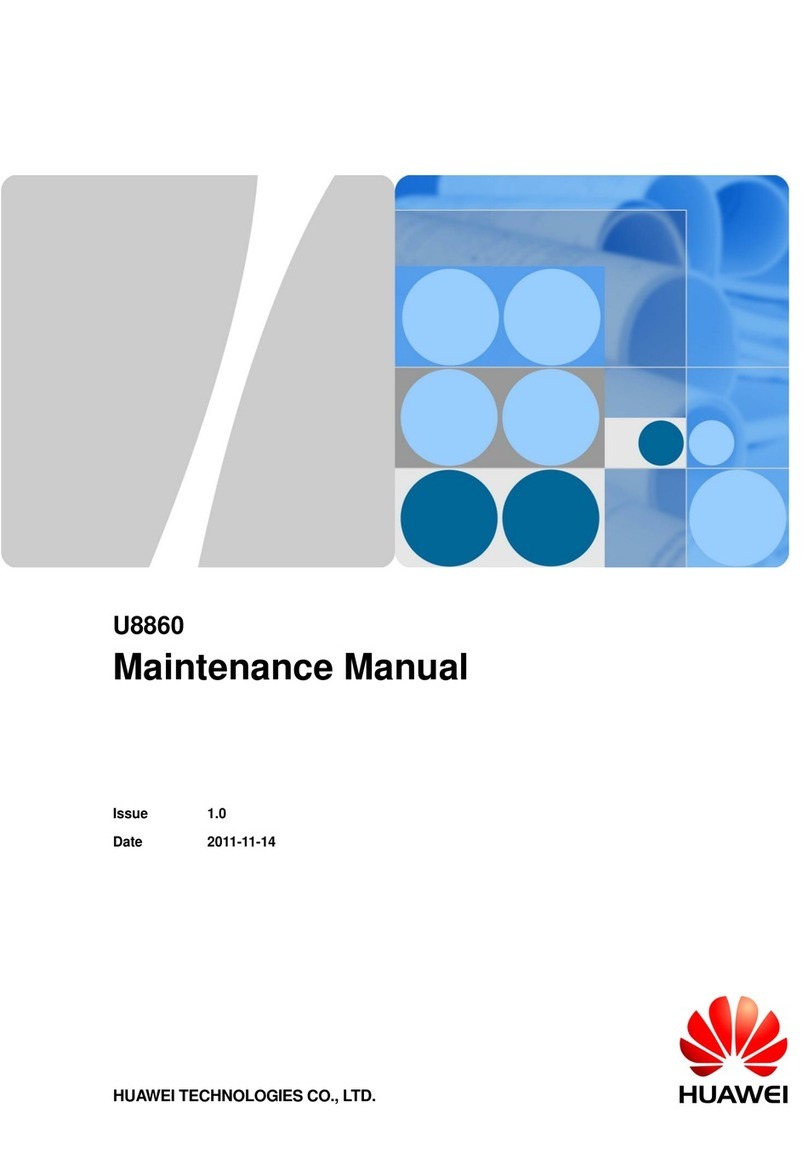
Huawei
Huawei Honor U8860 User manual

Huawei
Huawei U8160 User manual

Huawei
Huawei T211 User manual

